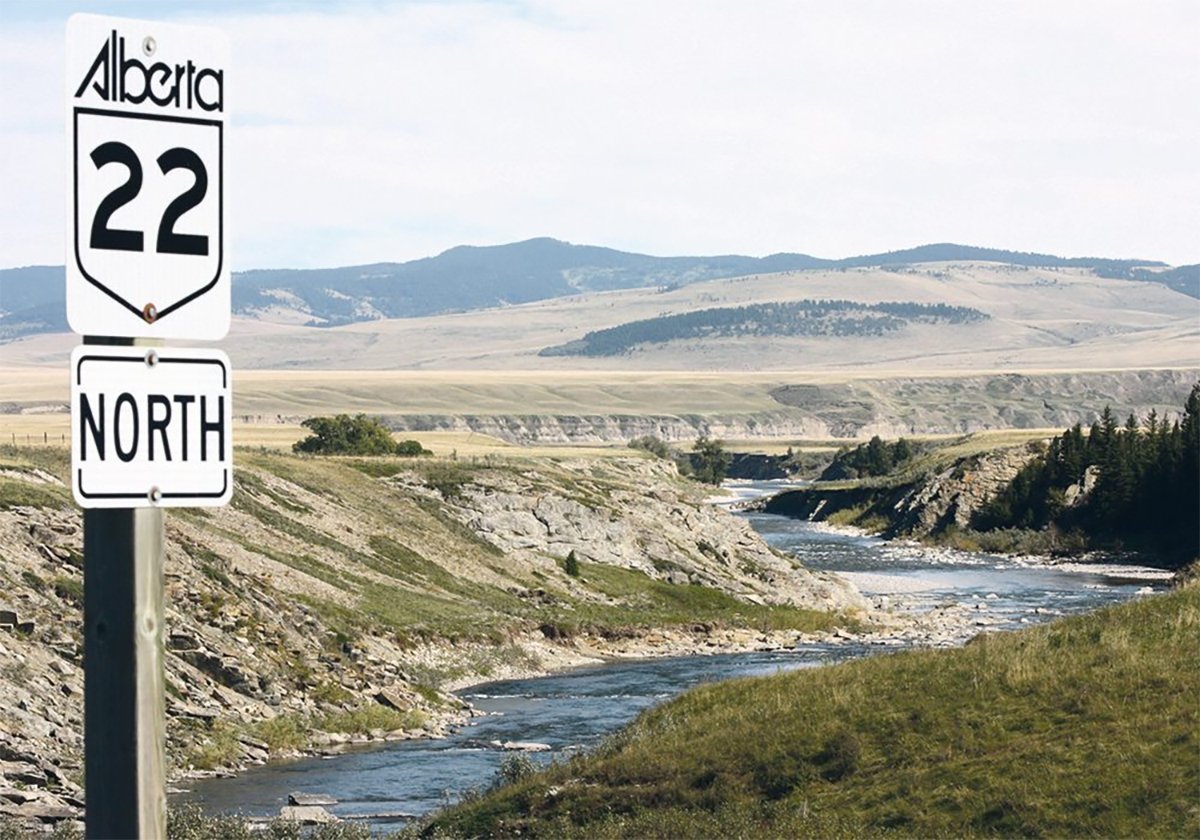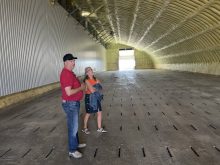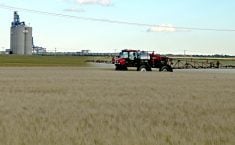Mark McNaughton is part of a new breed of livestock producer who has traded in the loading chute for the fish net.
In the late 1990s, when the hog industry was transforming into intensive operations, McNaughton decided to zig when everybody else was zagging.
“We decided not to go that route, so we converted the hog barns into trout facilities,” said the farmer from Rumsey, Alta.
Producing trout to stock recreational ponds turned out to be a short-lived venture. The bulk of the work overlapped with spring seeding activities on McNaughton’s 3,000 acre grain farm.
Read Also

New coal mine proposal met with old concerns
A smaller version of the previously rejected Grassy Mountain coal mine project in Crowsnest Pass is back on the table, and the Livingstone Landowners Group continues to voice concerns about the environmental risks.
So he switched to raising tilapia, a warm water fish that is marketed live, year-round, to small Chinatown grocery stores in Edmonton and Calgary.
MDM Aqua Farms Ltd. produces up to 32,000 kilograms of tilapia a year, which requires about 45,000 kg of fish feed. What goes in the gaping fish mouths isn’t all that different from what McNaughton’s hogs used to gobble up.
“It has got a lot of the same ingredients,” he said.
Soybean meal is the first item listed on the pelleted rations he buys from a feed mill in Idaho. Other ingredients include wheat flour and corn gluten meal.
The manufacturers recently boosted the vegetable protein content of the feed and the fish swimming around in McNaughton’s 30 tanks seem to love it.
“It’s basically a competition,” he said.
“The faster you eat it the more you get, so the water will just literally boil up top. They just go crazy.”
His aquaculture farm is part of the fastest growing food segment in the world, one that produced an estimated 48 million tonnes of fish and seafood in 2005.
World aquaculture production has been increasing 8.8 percent per year since 1950, which means every year there are plenty more fish mouths to feed.
The good news for grain farmers is that due to limited resources, environmental concerns and economics, crops are increasingly replacing fishmeal as the primary raw ingredient in farmed fish diets.
It has become another emerging market for a grain sector already bolstered by new demand from the biofuel industry.
The aquaculture industry is also showing no signs of slowing down. According to the United Nations Food and Agriculture Organization, global aquaculture production is expected to reach 80 million tonnes by 2050.
“It definitely is another (grain) market out there that is undoubtedly going to get bigger,” McNaughton said.
The grain industry is using new processing technologies to help it supply more crops to the aquafeed portion of the industry, which has been growing by more than 30 percent per year.
McNaughton looks forward to a future where more of the crops he produces end up in the pellets he flings into his fish tanks. That emerging synergy helps reaffirm his decision to make the switch from hog farming. That and one other thing.
“It doesn’t stink as much, that’s for sure.”

















